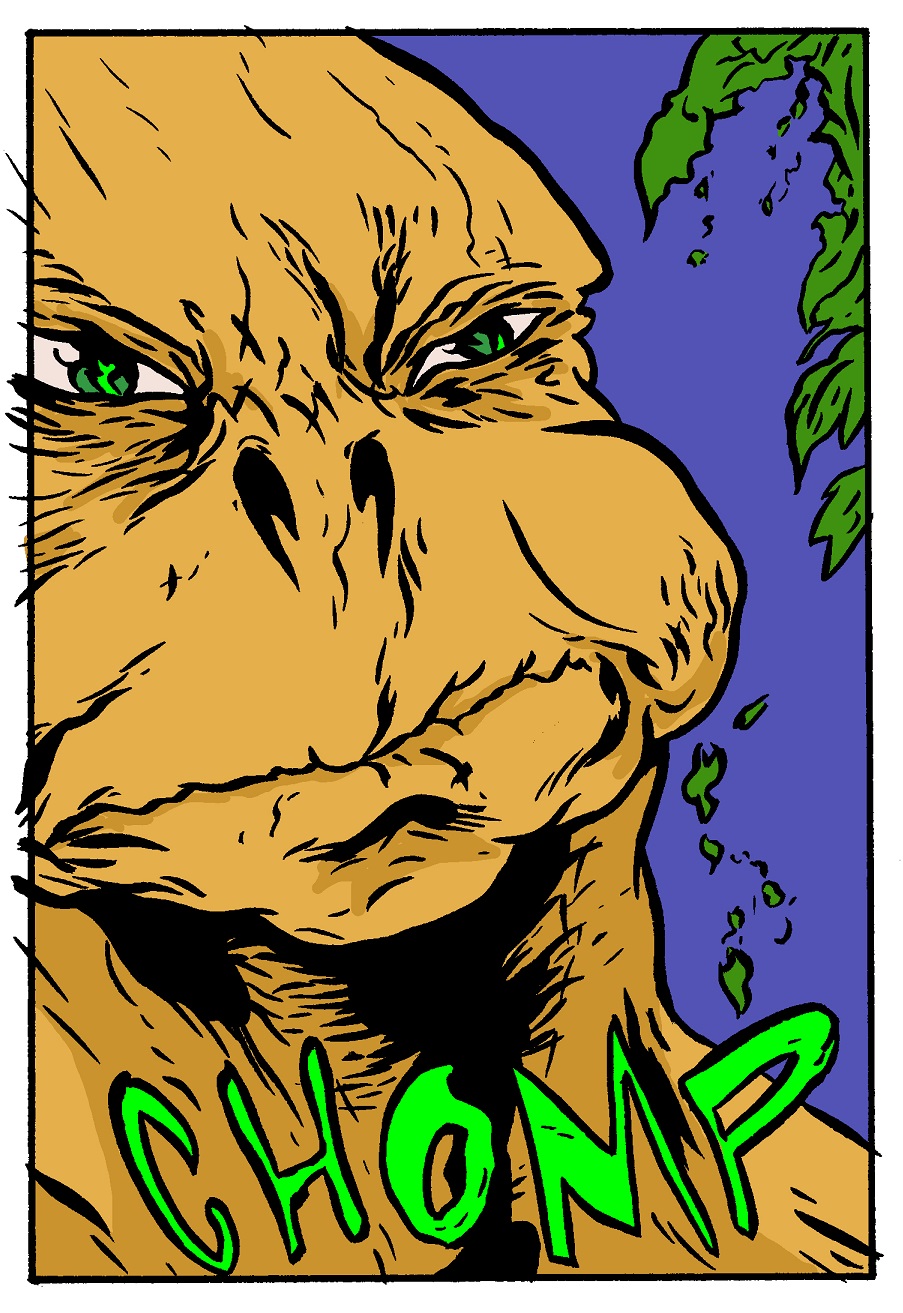Real Dino Facts 1 – Lambeosaurus

Dino Beasts might be a fictional comic that takes place on a fictional planet, but the dinosaur characters are based on Earth’s very real dinosaur history. In order to learn some real dinosaur facts, we decided to bring in someone with legit science credentials, Dr. Cory Redman.
Dino Facts Part 1: Lambeosaurus
Our main hero, Kumoto, is a hadrodont, which is a fictional species that evolved from the Hadrosauridae family of dinosaurs. In the comic, the hadrodonts’ defining feature is their head crest, which specifically comes from their Lambeosaurus ancestry.
In real life, the duck-billed dinosaur family of Hadrosauridae is divided into two subgroups, Lambeosaurinae and Hadrosaurinae, which are distinguished by the presence (Lambeosaurinae) or absence (Hadrosaurinae) of cranial crests and ornamentation and by the shape of the pelvic bones.
- Lambeosaurus is super cool because of their crazy head crests. In our story, Kumoto’s people view the crests in a spiritual and cultural way. It is where their soul resides and it is a focal point for their rituals, meditation, and art. Here on Earth, what do we know about real Lambeosaurus crests and how they were used?
Dr R – Lambeosaurus’ cranial crests are formed by the nasal bone and two bony processes coming off the premaxilla. The animal’s nasal cavity run back through the crests, making it mostly hollow.
Many suggestions have been made for the function(s) of the cranial crests, including housing salt glands, improving the sense of smell, use as a snorkel or trapping air to allow for additional submersion time, acting as a resonating chamber for making sounds, being used for species recognition, or allowing different sexes of the same species to recognize each other. Social functions such as noise-making, display, and recognition have become the most widely accepted hypotheses.
- We have heard hadrosaurs as a group called the “cows or buffalo” of the Cretaceous. Is this an accurate comparison in terms of their ecological role? Also, they were pretty big dinosaurs, right?
Dr R – Yes, this is probably a reasonable analogue. Hadrosaurs were clearly active foragers of ground cover and low arboreal foliage from conifer and deciduous trees and shrubs. The majority of their feeding probably took place in the first 2 meters above the ground, but were capable of reaching as high as 4 meters to feed. Hadrosaur’s teeth were organized into a dental battery made up of as many as 60 closely packed tooth families, with each tooth family consisting of three to five successional teeth. Teeth were replaced continuously throughout an animals’ life and the entire tooth row was used to break down fibrous plant material.
And yes, hadrosaurs were large dinosaurs. Adult hadrosaurs probably weighted 2,000 to 4,000 kilograms and were 7-12 meters longs.
- Kumoto carries a sword and knife for protection. How would real lambeosaurs defend themselves without claws, horns, or swords?
Dr R – This is not really known. Based on skull characteristics, it is believed that hadrosaurs had a really good sense of smell and sight to help them evade predators. They could also reach and sustain running speeds of 14 to 20 km/hr to help them avoid predation and probably practiced safety in numbers by living in herds or small groups.
- What other cool facts do we know about Lambeosaurus and its relatives? And where on Earth did they live?
Dr R – There are only two species of Lambeosaurus currently recognized, L. lambei and L. magnicristatus. Both come from the late Campanian (~75 million years old) of southern Alberta, Canada. Though, Hadrosauridea have been found in North America, central and eastern Asia, Europe, South America, and the Antarctica Peninsula.
The fossil record of Hadrosauridae (including Lambeosaurus) on North America is extremely good with the vast majority of species being known from essentially complete skulls with associated postcranial skeletons that are also virtually complete, represented by multiple individuals (both juvenile and adult). This is extremely rare for the fossil record! In addition, skin impressions have been found with a number of articulated skeletons and several “mummified” specimens belonging to this family of dinosaur has also been found.
That’s some great information. Thanks, Cory.
That’s all for this first installment of Real Dino Facts. Till next time, keep your crests in the sun. Hadros Forever!!!

